- Author Jason Gerald [email protected].
- Public 2023-12-16 10:50.
- Last modified 2025-06-01 06:05.
This article will teach you how to safely restart a Windows or MacOS computer.
Step
Method 1 of 3: Windows 10 and 8/8.1
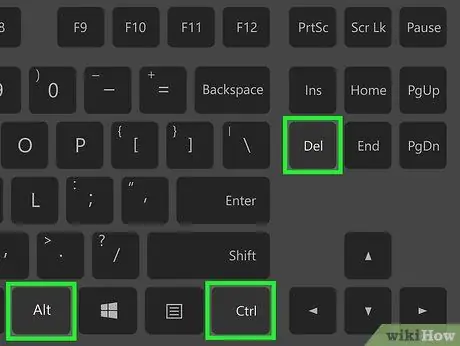
Step 1. Press the Ctrl+Atl+Del key combination on the keyboard
After that, a page showing several options (Lock, Switch User, Sign Out, Task Manager) will be displayed. If your computer's performance is slow, page loading may take a little longer.
If you connect to the computer remotely using Remote Desktop, the shortcut will not work. If your Remote Desktop server supports this shortcut, you can "send" the key combination, or open a command prompt window on the device you are using and enter the following command: shutdown -r -f -t 0

Step 2. Click the power icon (Power)
It's in the lower-right corner of the screen and looks like a circle with a vertical line in the middle.

Step 3. Click Restart
Now, the computer will restart. If there are several programs still open, you will be prompted to close them before turning off the computer.

Step 4. Perform a hardware reboot
If your computer is not responding, you will need to perform a hardware reboot. Do this only if the previous steps did not give significant results. To do this, follow these steps:
- Press and hold the power button on the computer until the computer turns off. These buttons are usually located on the side of the laptop, or on the chassis of the computer (for desktop computers).
- Press the power button again to turn it on.
Method 2 of 3: Windows 7 and Vista
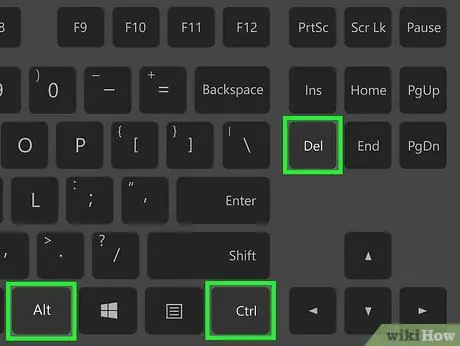
Step 1. Press the Ctrl+Alt+Del key combination on the keyboard
After that, the computer lock page will be displayed. If your computer's performance is slow, page loading may take a little longer.
If you connect to the computer remotely using Remote Desktop, the shortcut will not work. Therefore, open a command prompt window on the remote device and run the following command: shutdown -r

Step 2. Click the power button (Power)
It's in the lower-right corner of the screen and is red.
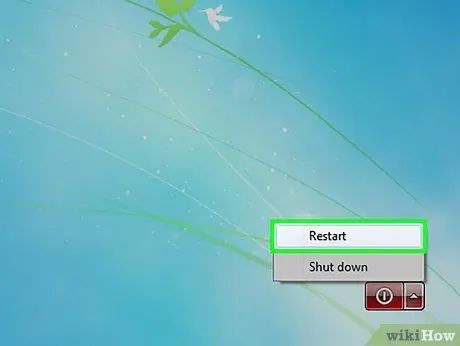
Step 3. Click Restart
Now, the computer will restart. If there are several programs still open, you will be prompted to close them before restarting the computer.

Step 4. Perform a hardware reboot
If the previous steps did not work, you will need to use the power button on the computer chassis to perform a hardware reboot. Do this only if the computer does not restart normally.
- Press and hold the power button on the computer until the computer turns off. These buttons are usually on the side of the laptop, or the front of the computer chassis (for desktop computers).
- Press the power button again to turn on the computer.
Method 3 of 3: MacOS
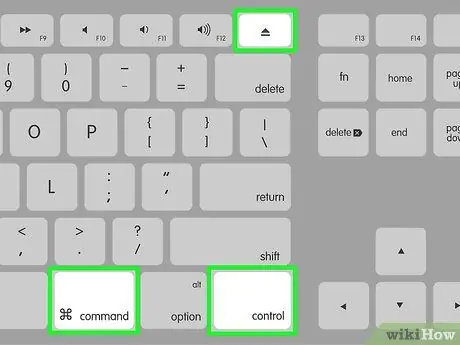
Step 1. Press the key combination Control+⌘ Command+⏏ Eject
This command shortcut will close all programs and restart the computer. If you have unsaved work, you will be prompted to save it before restarting the computer. If your computer's performance is slow, restarting your computer may take a few minutes.
- Another way to restart your computer is to open the Apple menu (in the upper-left corner of the screen) and click “Restart”.
- If you are connected to the computer remotely, you can restart the computer using the command sudo shutdown -r now.
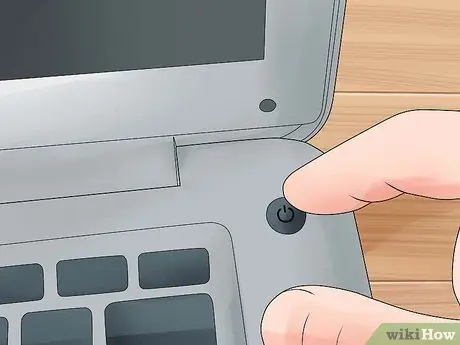
Step 2. Force restart the device
You should only do this if you cannot restart the computer normally. This step is only recommended as a last resort as it risks causing data loss.
Press and hold the power button in the upper-right corner of the keyboard (or the back of the computer) until the device turns off. After that, press the power button again to turn on the device
Tips
- Always save or create backup files of your work before restarting or shutting down the computer. Usually, the computer will not save your work automatically.
- If your computer still won't start and show a response, even when you try to perform a hardware reboot, restart the computer by unplugging the computer's power cord from the wall outlet (or the battery if you're using a laptop). The computer will turn off as soon as the power cord or battery is unplugged. After that, try plugging the cable back into the wall outlet and restarting the computer.






